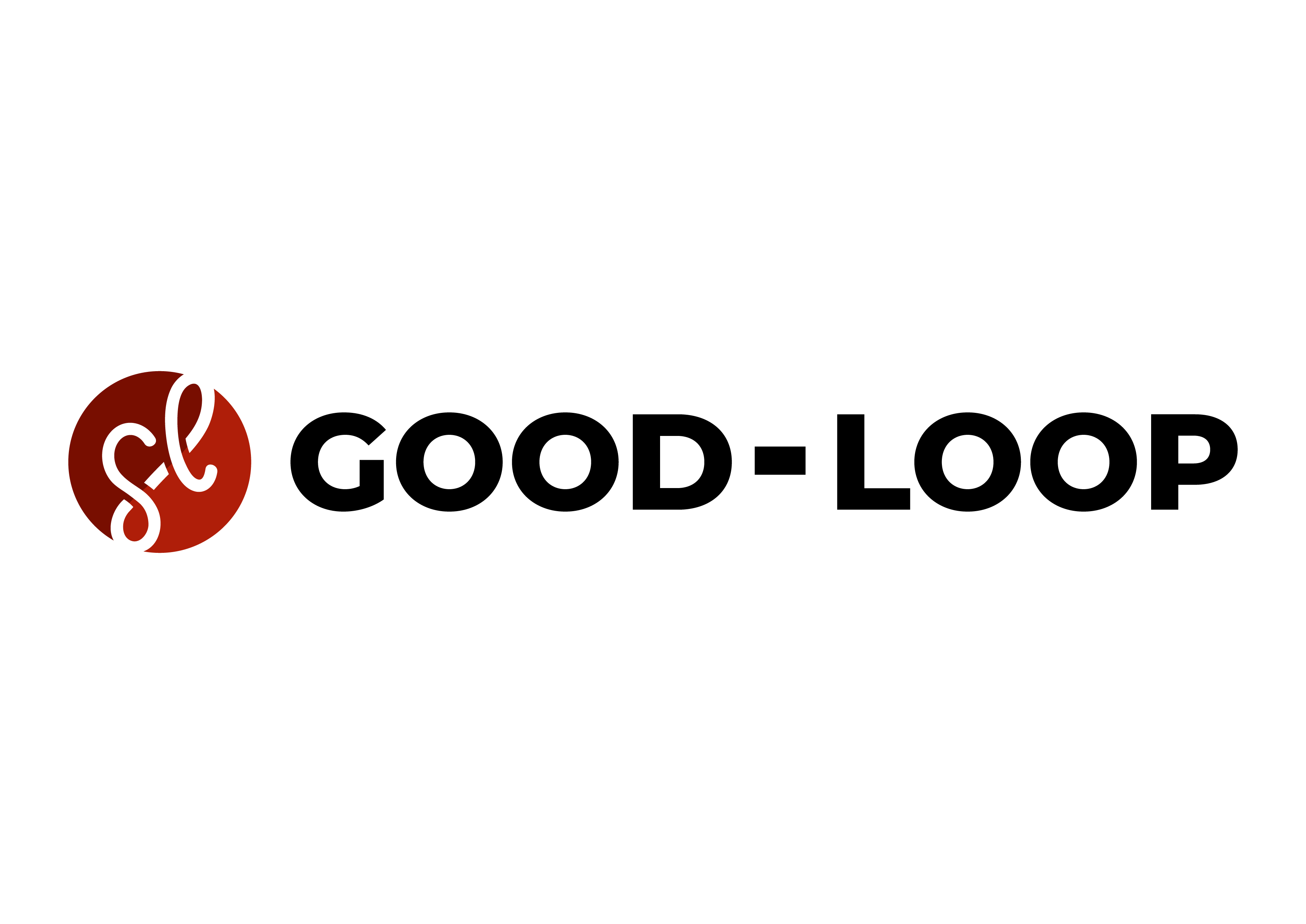
Can a more gender balanced workforce improve ad revenue? Back in 2016, HP instructed its advertising partners to increase their creative department diversity quotients. 18 months later, the results were impressive: Forbes reports that "the company's top five roster agencies demonstrated a 20-point jump in women working on HP account teams". Fast-forward to earlier this year, and HP data that looked at 53 of its global campaigns revealed a six-point increase in purchase intent from the pre-ultimatum period, and analysis from Nielsen showed an increase in revenue per impression of one-third.
HP's triumph underscores the fact that increasing diversity is more than a moral imperative - it's good business sense.
We See You
/##
Diversity boosts brand engagement. This message has penetrated quickly, pushing change in the marketing world, and popular culture more broadly. For marketing teams, the challenge is to update not only brands, but public perception of companies themselves. Unilever's Find Your Magic campaign for Axe body spray (Lynx in the UK) made a dramatic 180 from their familiar macho brand story, instead encouraging consumers to stay true to their own idea of masculinity.
Unilever's campaign shows how important it is to think about who gets to hear your message in the first place. Building an audience is a complex process, with many points where discrimination can sneak in, and even automated processes can reinforce stereotypical thinking. In particular, targeted advertising can be an insidious perpetrator of prejudice. A London Business School study showed that 20% fewer women were shown a STEM careers ad than men.
Walk The Talk
/##
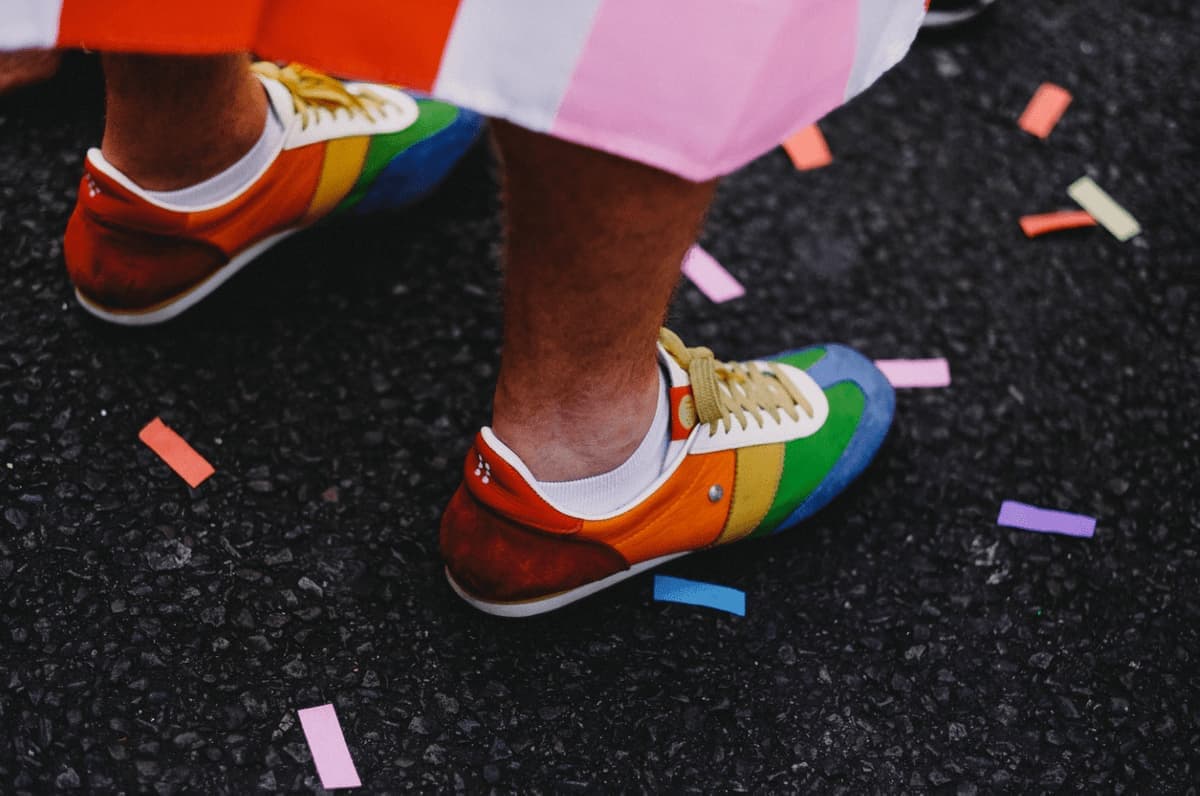
Successful marketing is a two way conversation where consumers listen to brand messages and decide if and how they fit into their persona. This exchange happens more easily in an atmosphere of mutual honesty and trust. Championing diversity puts a microscope on your business practises: if LGBT people don't feel safe while working for your business or using your product, slapping a rainbow on your logo is meaningless. Consumers can easily detect when attempts at representation are driven by acquisitiveness rather than sincere desire for social change, and are quick to point it out. HP had the right idea: tackle representation at home before pushing brands as part of an inclusive narrative.
Show Don't Tell
/##
Tokenism can kill customer goodwill, but brands which genuinely seek to meet the needs of a diverse market are rewarded. The cosmetics industry pulls in billions every year, but most brands focus on engaging lighter skinned customers, leaving darker skinned consumers high and dry.
When Rihanna launched Fenty Beauty, offering forty different shades of foundation catering to the whole spectrum of skin tones, the fledgeling makeup brand immediately started receiving criticism - because their darker shades weren't restocking fast enough to meet unprecedented demand. Thankfully, Rihanna putting in a shift on the customer complaints desk eased the tension.
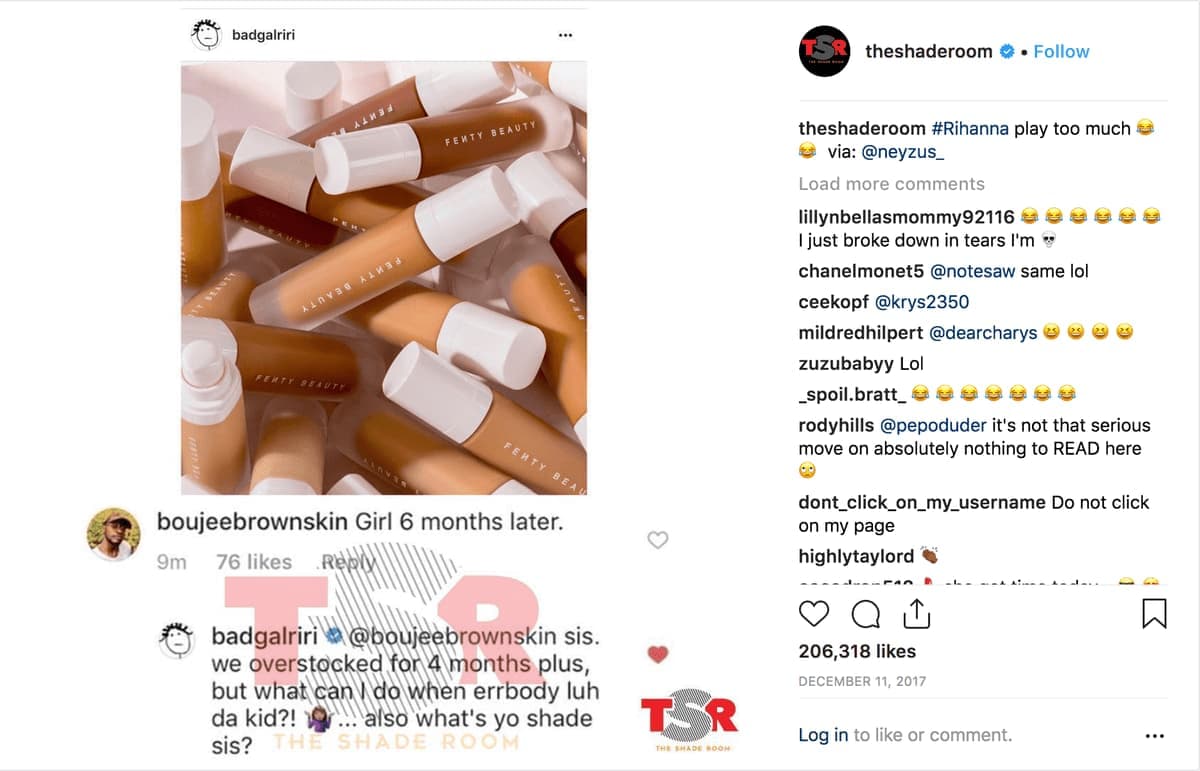
Fenty Beauty's superb social media engagement and groundbreaking commercials were just the start though: their real win was making sure that anyone and everyone could see themselves represented.
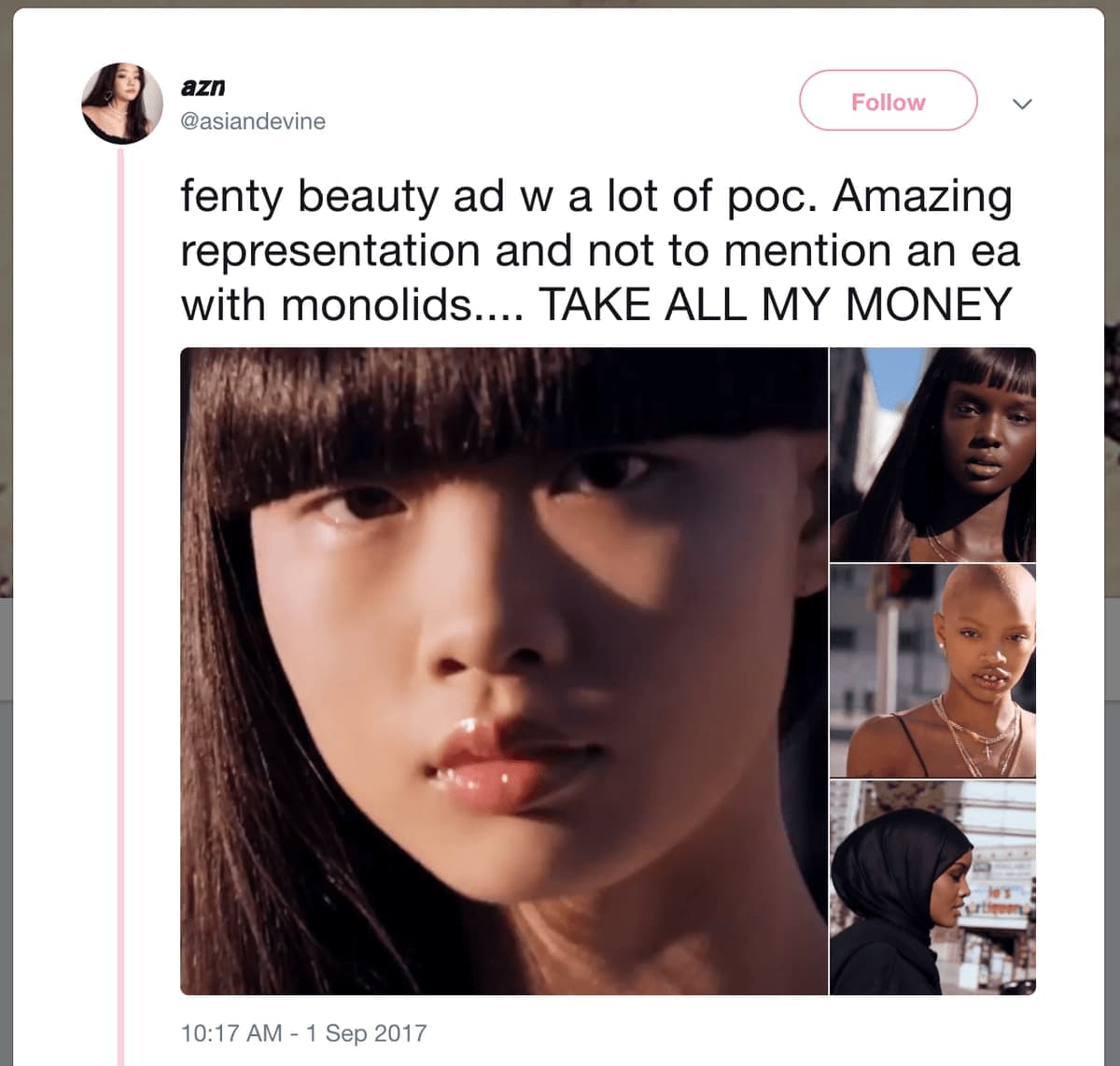
Have Fun
/##
While breaking prejudices in advertising is important, it doesn't always have to be serious. In 2012 Bodyform released a video sending up common sanitary product advertising tropes (blue fluid, anyone?).
By making fun of themselves and engaging with their followers, they demonstrated their awareness of their part in perpetuating menstrual stigma as well as an intention to move forward. Their tongue in cheek humour and nostalgic references went viral, scoring fresh engagement with their flagship brand.
Less Is More
/##

More than ever, word of mouth is king. When people see something they like, they pass it on, particularly when it's some desperately needed representation. Slack designer Diógenes Brito demonstrated how diversity self-perpetuates when he created the "Add to Slack" button - featuring a brown hand.
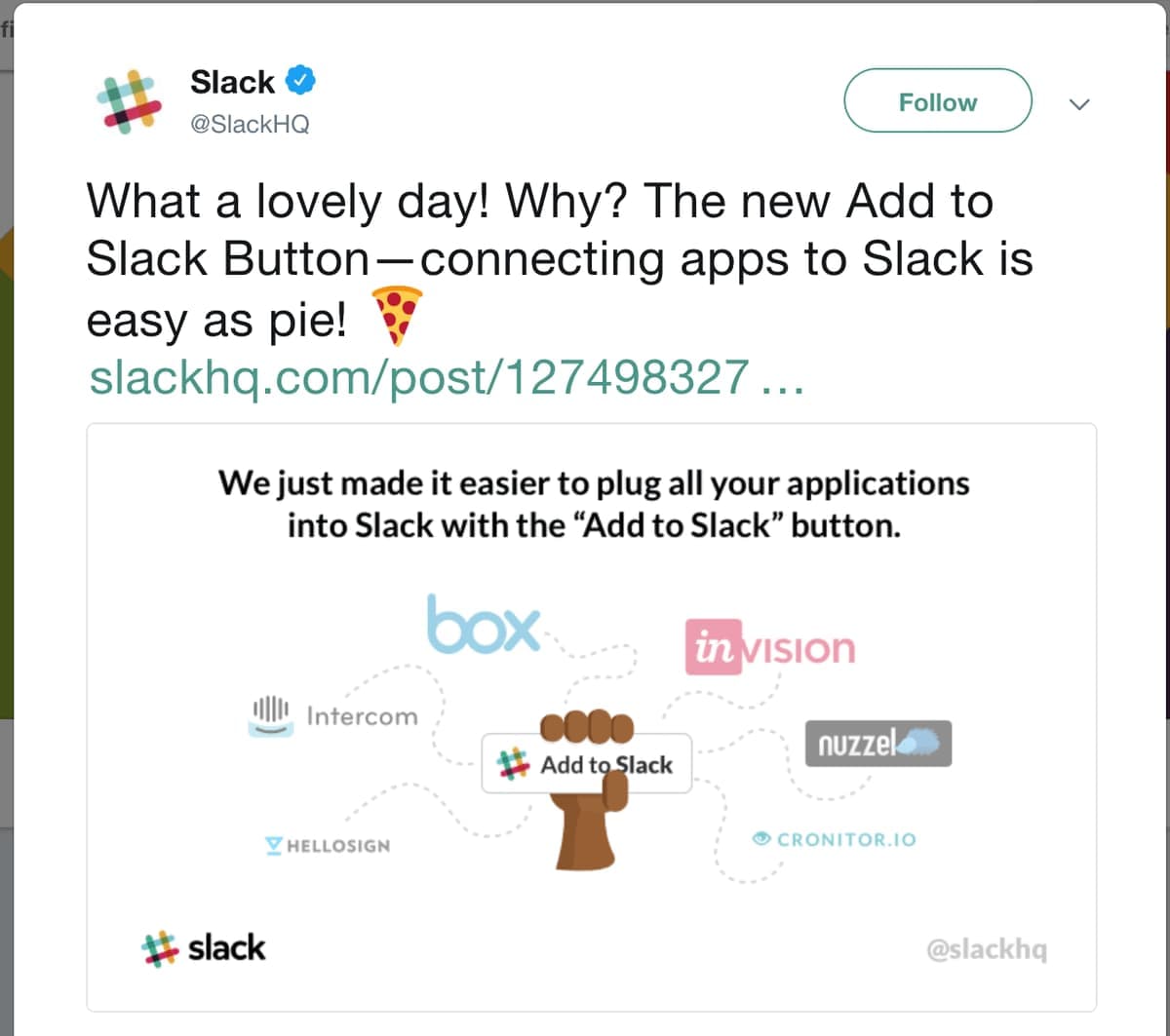
Brito's choice to use his own skin tone in the graphic kicked off a global conversation about the othering of people of colour in society, where whiteness is treated as the default. At the same time, Slack took the spotlight as a place where people of colour are empowered to make decisions and take charge of their work.
Despite Brito being a product designer, not a marketing executive, his work gained the kind of attention advertisers dream of. Slack and HP's successes show that inclusive marketing flows naturally from an inclusive company ethos. When a company has a diverse staff who feel comfortable to be themselves in their working environment, workers are exposed to different points of view which enhances their understanding of potential buyers as people, rather than demographic boxes to be ticked.
What does diversity mean to you and your brand? Get a conversation started by sharing this article.
